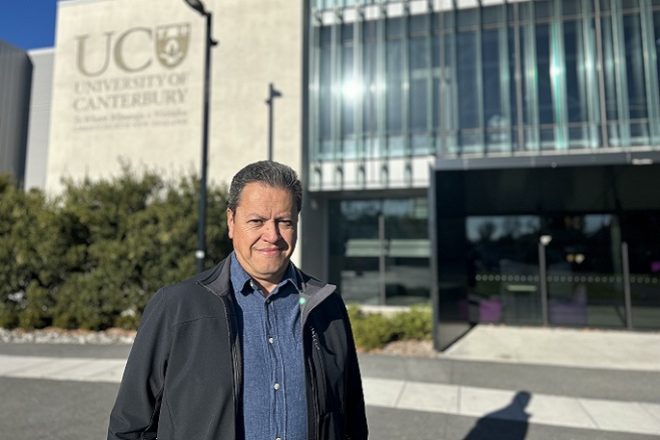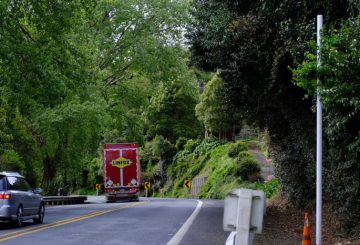カンタベリー大学の研究者たちは、廃水処理をより持続可能なものにするためのツールを開発中です。このツールは、博士課程の学生であるマデリン・ファーネスとリカルド・ベロ=メンドーサ准教授が、チリのバルパライソカトリック大学のローランド・チャミー教授と共同で開発しています。彼らはチリのサンティアゴにある2つの廃水処理施設を調査し、そのデータを用いて廃水処理の利点を改善し影響を最小限に抑えるためのモデルを作成しました。
研究者たちは、チリの2つの廃水処理施設が持続可能な廃水処理の好例であると考えています。彼らは、廃水の持続可能性について、環境、経済、社会という3つの側面に注目しています。彼らはライフサイクルコスト計算や社会ライフサイクルアセスメントなどのツールを使ってこれらの側面を評価しています。目標は、環境への影響を減らし、コストを削減し、利益を増やし、社会的影響を考慮するためのプロセスの最適な組み合わせを見つけることです。
研究者たちは、廃水処理業界はコストが高いため、新しい技術の採用が遅れていると指摘しています。しかし、彼らのツールは多額の投資をしなくても廃水処理プラントの環境性能と持続可能性を向上させることができる。温室効果ガスの排出量や毒性の増加などの悪影響を最小限に抑えながら、排水の品質を向上させるために、化学物質の投入量やプロセスの運転条件に関する意思決定に役立ちます。
研究者らはまた、廃水を潜在的な資源と見なす廃水循環経済アプローチ(WW-CE)のアイデアも紹介しました。このアプローチでは、単に廃水を処理して環境に安全に排出できるようにするのではなく、処理水、バイオソリッド、栄養素、バイオエネルギー、バイオマテリアルなどの資源を廃水から回収します。これらの資源は農業や灌漑に利用できます。
研究者たちは、WW-CEアプローチを用いて、一方の廃水処理施設が全体的な持続可能性を 30% 改善し、もう一方の廃水処理施設が 48% 改善したことを発見しました。彼らは、このアプローチが世界の衛生に革命をもたらす可能性があると信じています。
次に、研究者たちはこのツールをニュージーランドでの使用に適応させ、その実用化について市議会と話し合うことを計画しています。彼らは、ニュージーランドの廃水処理プロセスには大きな改善の余地があると考えています。
この研究は、カンタベリー大学、チリのバルパライソ教カトリック大学、およびチリ国立研究開発庁から資金提供を受けました。フィールドワークは、チリのアグアス・アンディナスが支援しました。


















































-360x245.jpg)











